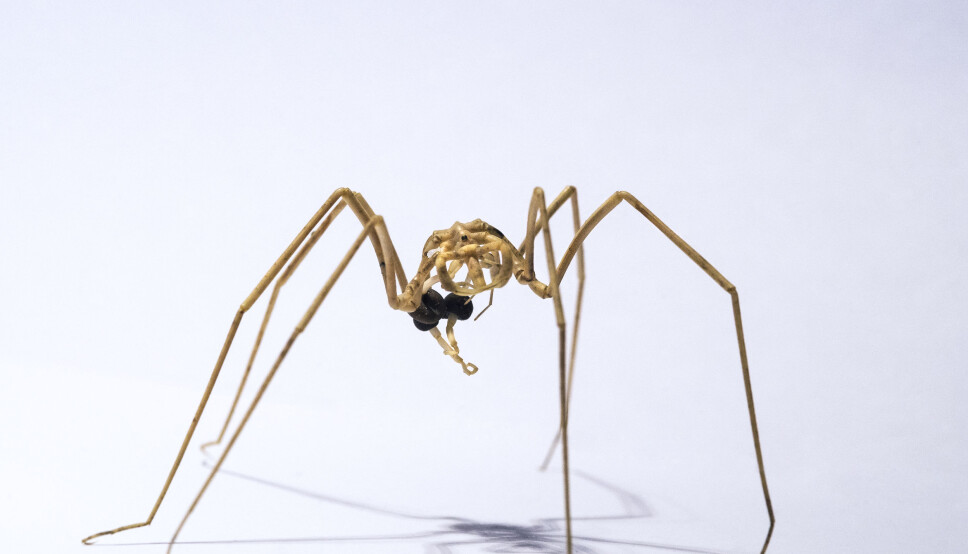
Do you think we know whom we share this planet with?
Then you are mistaken.
I am privileged. I have worked in some of the most remote places on this planet, and I have seen forms of life that only few know of, some of which have not yet gotten a name.
In 2005, for example, my husband and I came across a tiny small jellyfish living in the salty channels inside Arctic sea ice, which had so far been unknown to scientists. Along with an Italian colleague we described this new species, and he surprised us by suggesting naming it after our then newborn daughter.
Sympagohydra tuuli (first word means jelly poly living with ice) is now one of the ca. 233 000 scientifically described species in the global ocean (excluding bacteria and the like), and of about 1.2 million described on the planet.
It is hard to know how many species there actually are, but some research suggests that there are hundreds of thousands if not millions that are unknown and undescribed as yet. That is an inconceivably large number, and it is natural to wonder what all these life forms do. Although we cannot answer this question for each and every one of all species, we can be certain that they are crucial for the maintenance of the different ecosystems on Earth.
Each year on May 22 the United Nations arranges the ‘International Day for Biological Diversity’.
On the website for this day, the Convention on Biological Biodiversity states that “despite our technological advances we are completely dependent on healthy and vibrant ecosystems for our health, water, food, medicines, ...”.
Knowing the marine biodiversity is of high importance given that 70 per cent of our planet is covered by oceans. That is why marine biodiversity is also a core field of investigation within the Nansen Legacy project, which aims at building the knowledge base for the sustainable management of the northern Barents Sea and adjacent Arctic Basin through the 21st century.
In the Nansen Legacy we map biodiversity from viruses to vertebrates, from boreal to Arctic, from sea ice to seafloor, from winter to summer, and from the shelves to the deep basin.
Most of the larger invertebrates, fish species and marine mammals and birds are of course known, though their distribution in our study area is not mapped for all of them. Many of the smaller invertebrates and certainly the microbial diversity are not yet documented. In the end, it is all species combined that support the productivity and functioning of the ecosystem of the northern Barents Sea and adjacent Basin.
In the Nansen Legacy, many of us across different institutes contribute to the biodiversity aspect of the project.
My colleague Bente Edvardsen, professor at UiO, and her group, for example, is one of the teams combining modern molecular approaches with traditional morphological methods in order to map the poorly mapped diversity of minute algae. After only two cruises, Bente and her team have already discovered several new species. This illustrates how little we know about the number of species in Arctic waters.
Knowing the number of species, however, is a challenging task, yet not enough when aiming to understand the structure and function of an ecosystem like the northern Barents Sea. This also requires understanding which role a species plays; for example what does it eat and who eats it, and how does it adapt to its environment.
Also in this respect can new molecular methods help. Anna Vader, Associate Professor at UNIS, for example links species to their ecological function, that is what these species do, by decoding their molecular make-up. As with any method, molecular methods cannot tell everything, and we therefore combine these methods with extensive experimental work and many hours over microscopes.
How should we get our children, our parents and anyone else excited about biodiversity of tiny Arctic microalgae or Arctic fishes that no aquarium will ever have?
A DNA sequence by itself won’t do. We must show what the amazing biodiversity of our home ocean looks like using images and video.
Documenting what species in the icy Arctic Ocean really look like is actually not an easy task, even at a time when every cell phone has a camera. For minute organisms it takes high-powered microscopes.
Post-doc Luca Supraha uses a scanning electron microscope for taking images of alga smaller than the width of your hair.
For bigger animals, photography of life material is essential to capture color and vitality. The project is therefore working together with biologist and wildlife photographer Fredrik Broms who currently documents the diversity of animals living at the seafloor of the Barents Sea. His picture collection contains over 150 species so far. While that is just a fraction of all so far known species in that area, it is a fantastic start to bringing the biodiversity of the northern Barents Sea to all who do not have the privilege like me to conduct research in the northern Barents Sea and admire these creatures alive.
It is a start to show the beauty and diversity of life forms to my daughters, parents and anyone else who wishes to know with whom we share this planet.
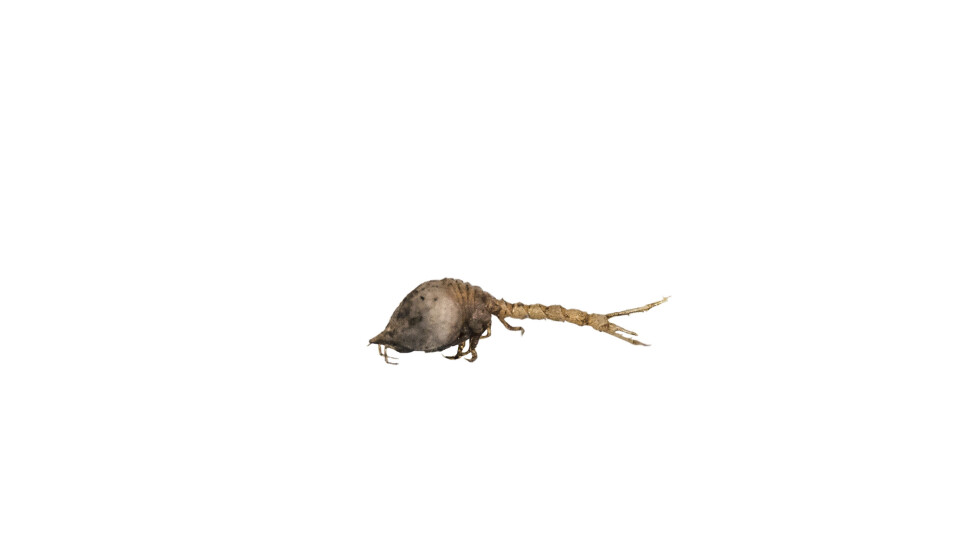
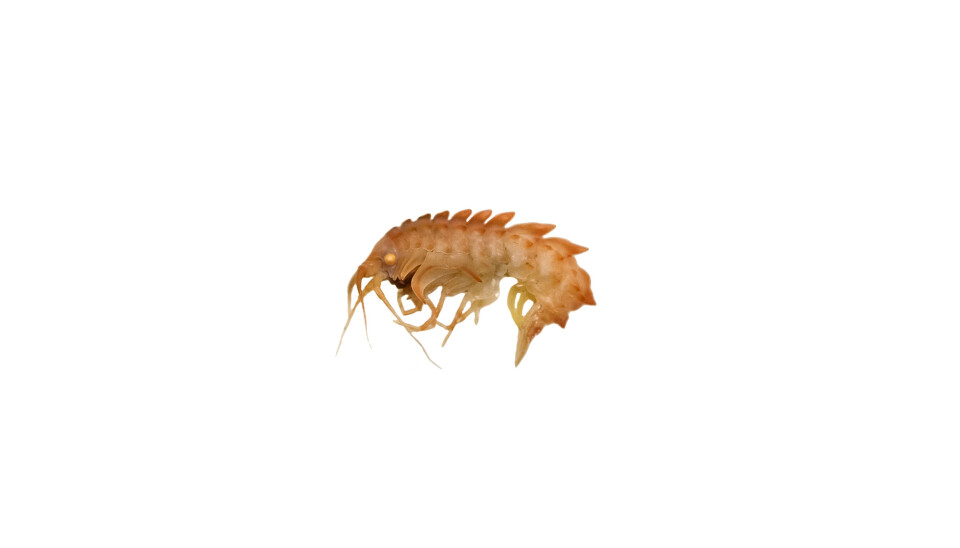
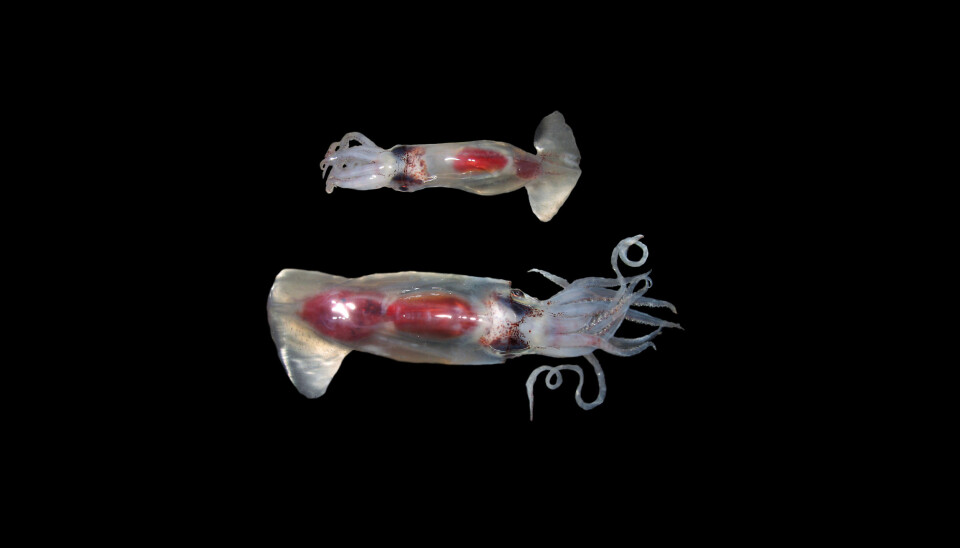
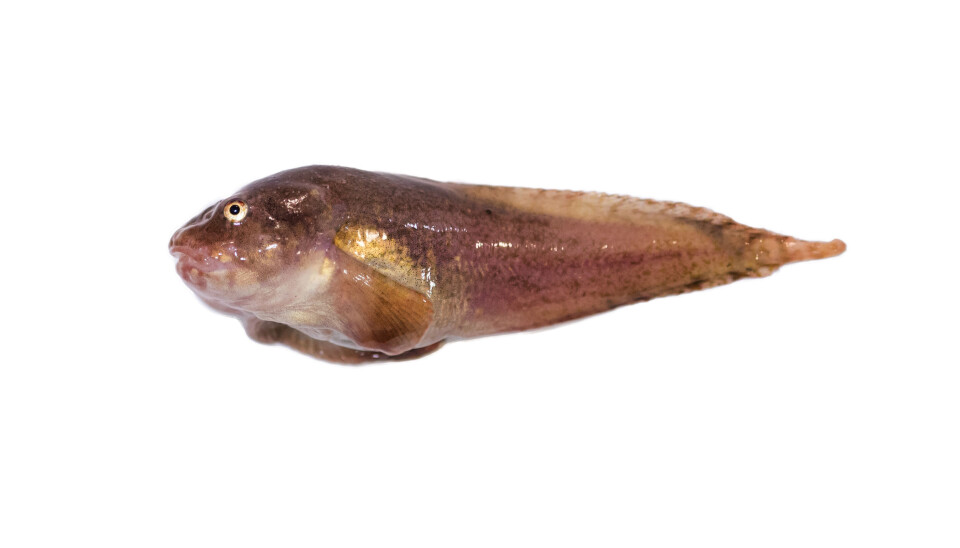
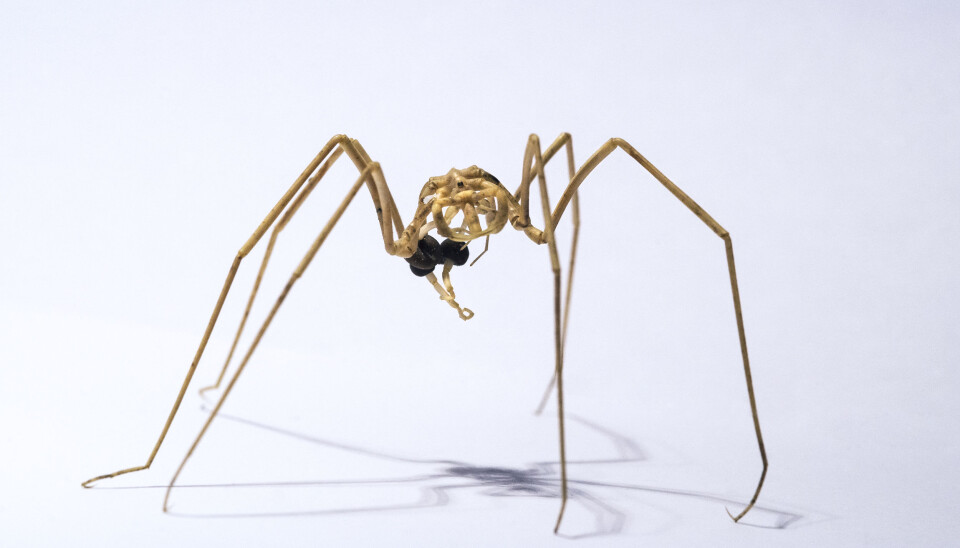
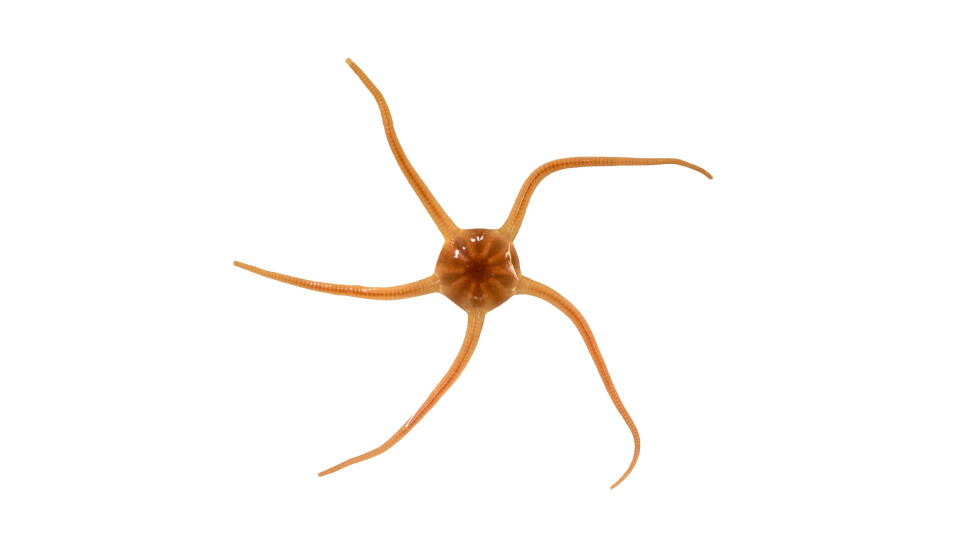
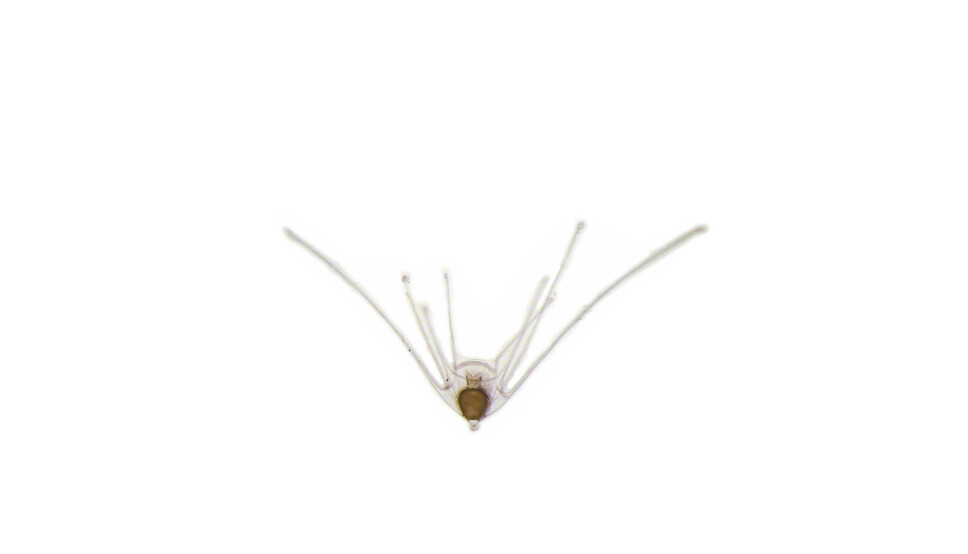
———







